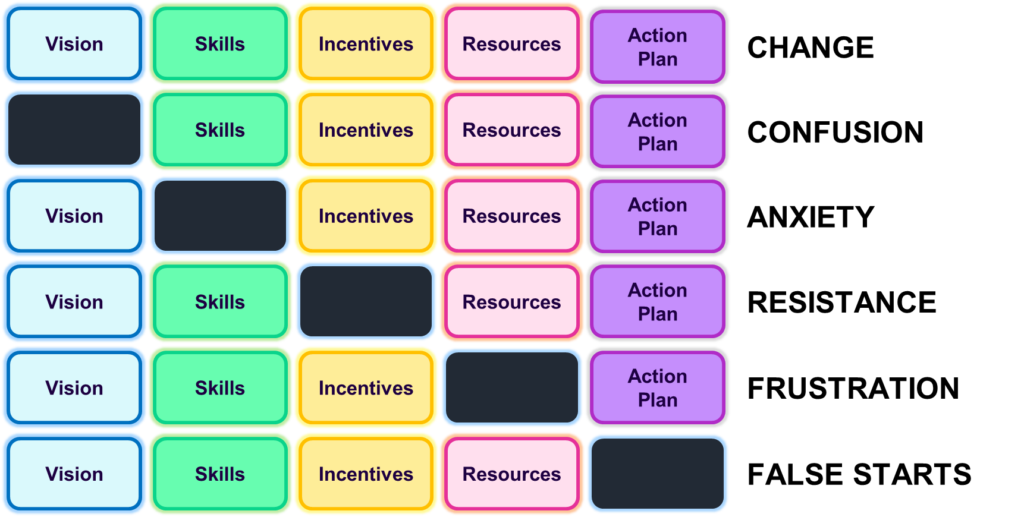Open Innovation Communities – The case of COVID TASK FORCE NL

By Dr. Azael Cortés (Tec de Monterrey)
During the SARS COV2 pandemic in March 2020, an open innovation community was formed in Nuevo León called “COVID TASK FORCE NL”. This group brought together more than 200 collaborators from universities, companies, entrepreneurs, technological and health experts, government actors and enthusiasts with the mission of accelerating technological developments to counteract the pandemic. As a result, 8 different ventilators were developed by various groups of companies, entrepreneurs and universities, plus a variety of products to support the healthcare system including 3D printed laryngoscopes, optimized mask designs, rapid tests for COVID detection, sterilization systems for air by UV light, and AI algorithms for identification of COVID by radiography to name a few. Some reached the market and are being used, others are still under development and some more have been left behind. However, the process left us with great experience in creating open innovation communities. It is from this experience that I identify 10 points that helped us achieve the open, agile and dynamic operation of this innovation community. I would like to highlight that I have seen these points not only in the “COVID TASK FORCE NL”, but also in other initiatives such as Nuevo Leon 4.0 and MIT REAP MTY. Which have achieved great success in operation and collaboration.
10 points for creating open innovation communities.
1) Purpose.
The first characteristic that stood out from our experience at COVID TASK FORCE NL was the strong sense of purpose. This was the amalgamation that brought the different actors together and encouraged them to openly share resources, ideas and opportunities.
In the words of Simon Sinek “Great leaders are capable of inspiring people to act. Those who are able to inspire give people a sense of purpose or belonging that has little to do with any external incentive or benefit to be gained. “
2) Previous foundations.
Although the COVID TASK FORCE NL group was formed in a single day, integrating more than 200 collaborators, its formation did not happen instantly. In fact, a lot of upfront work was required to achieve it.
Nuevo Leon has more than 20 years building innovation communities. Around the year 2000 to 2005 the State Government worked on the creation of a Triple-Helix ecosystem, integrating Industry, Government and Academia. Later, industrial clusters were formed, of which there are currently 14 in the state (automotive, aerospace, food, construction, interactive media, health, software, household appliances, bioengineering to name a few). Later on, Penta-Helix ecosystems were formed incorporating entrepreneurs and investment capital with programs such as Nuevo Leon 4.0 and MIT REAP.
All this dynamism of the ecosystem was fundamental to create the community of open innovation. We realized that many of the actors already knew each other, collaborated and interacted through the different programs and platforms.
Building previous foundations was fundamental for the innovation community.
3) Clarity of actions.
One of the first activities of the COVID TASK FORCE NL group was to establish a roadmap to clarify the efforts and nature of the group.
This action turned out to be essential for the actions of the community, since it formed a clear vision of the activities to be worked on.
4) Sense of belonging.
The success of the group is the success of all, this was the sense that we sought to create in the group. Achieving this is not an easy task and is the responsibility of community leaders.
To achieve this sense of belonging, it is necessary to acknowledge contributions, promote relationships and connections, be transparent in actions, and above all thank the participation of all members of the community.
5) Constancy.
Consistency is essential to achieve a critical mass of participants. The community needs to be sure that the movement continues with or without their participation.
Actions as simple as maintaining a constant and fixed schedule of meetings, having an agenda and minutes of each meeting, sending an invitation to each participant, and making the meetings open so that more participants join can be the difference in the creation of an innovation community .
6) Transdisciplinary Community.
Part of the value of the community was finding solutions to complex problems. For this it was necessary to integrate members of a variety of knowledge and experiences. Our group included marketing people, medical doctors, company directors, entrepreneurs, technology enthusiasts, lawyers, political scientists, financiers, research professors in engineering sciences, and more. This helped solve questions and generate ideas from a variety of points of view.
7) Results.
Showing results is essential to keep the community engaged and interested. It is very important to present all the achievements, small and large. In part this contributes to the creation of a sense of belonging and also helps to review the progress made according to the group’s roadmap.
8) Catalytic actions.
This is a responsibility of the community leaders. During the group interactions, many ideas, proposals, actions arise that, if not followed up, end only in proposals. Following up on them and bringing all those ideas to life can be the difference between a community of great ideals and a community of great impact.
9) Change factors.
Ambrose’s matrix (1987) has become popular under the name “Complex Change Management Matrix”. It shows 5 characteristics that are necessary to achieve change, which are 1) Vision, 2) Skills, 3) Incentives, 4) Resources, and 5) Action Plan. In case of missing any of these, it leads us to different situations such as confusion, anxiety, resistance, frustration, and false starts.
It is essential to identify these characteristics in the projects that arise within the community, and reinforce them in the event that one is absent.

10) Win-Win Mentality.
This concept is one of the foundations of the ideas of Stephen Covey in his book The 7 Habits of Highly Effective People.
The idea of win-win is to seek a benefit for all participants in a project. This is achieved through transparency in actions and intentions, a clear vision of the desired results, and above all a mature environment for the exchange of ideas and goals. Within this mentality, the “No deal” is valid in the event that any of the parties does not find value points within the proposed activities. As he mentioned, a mature and transparent environment is important to exchange positions that may occur.

Open Innovation Communities.
Although there may be more, these 10 points will be very useful for creating an open community of innovation and I have constantly seen them in successful communities where various actors with different interests interact.
